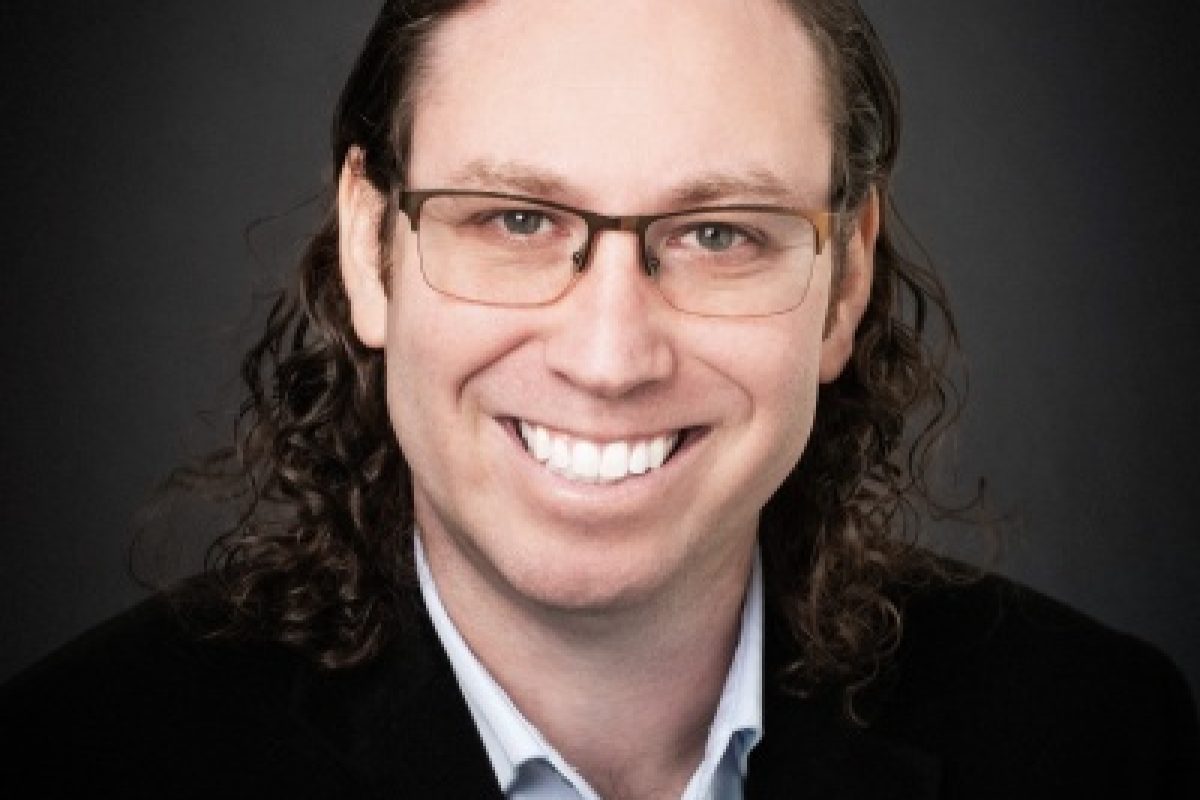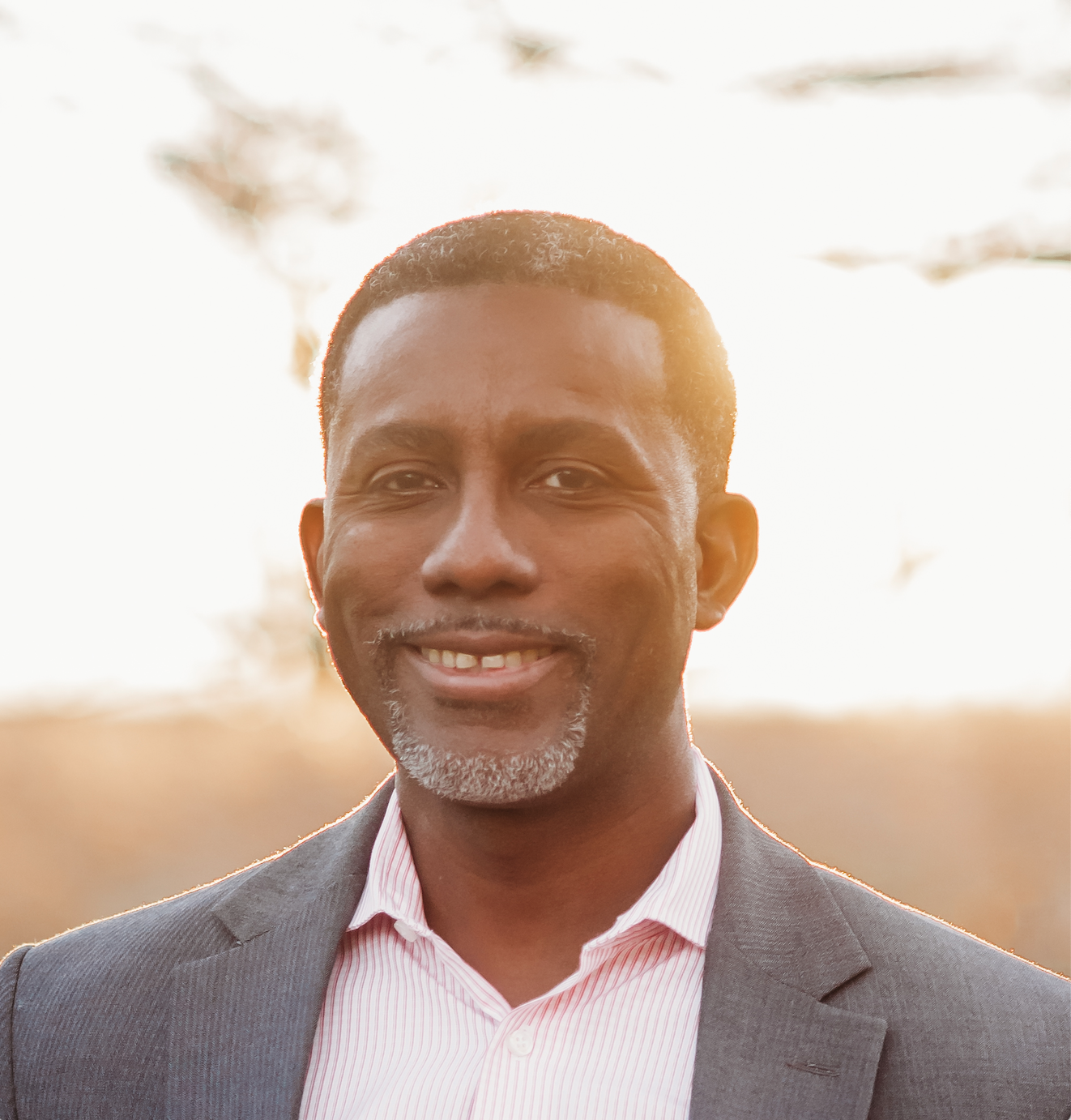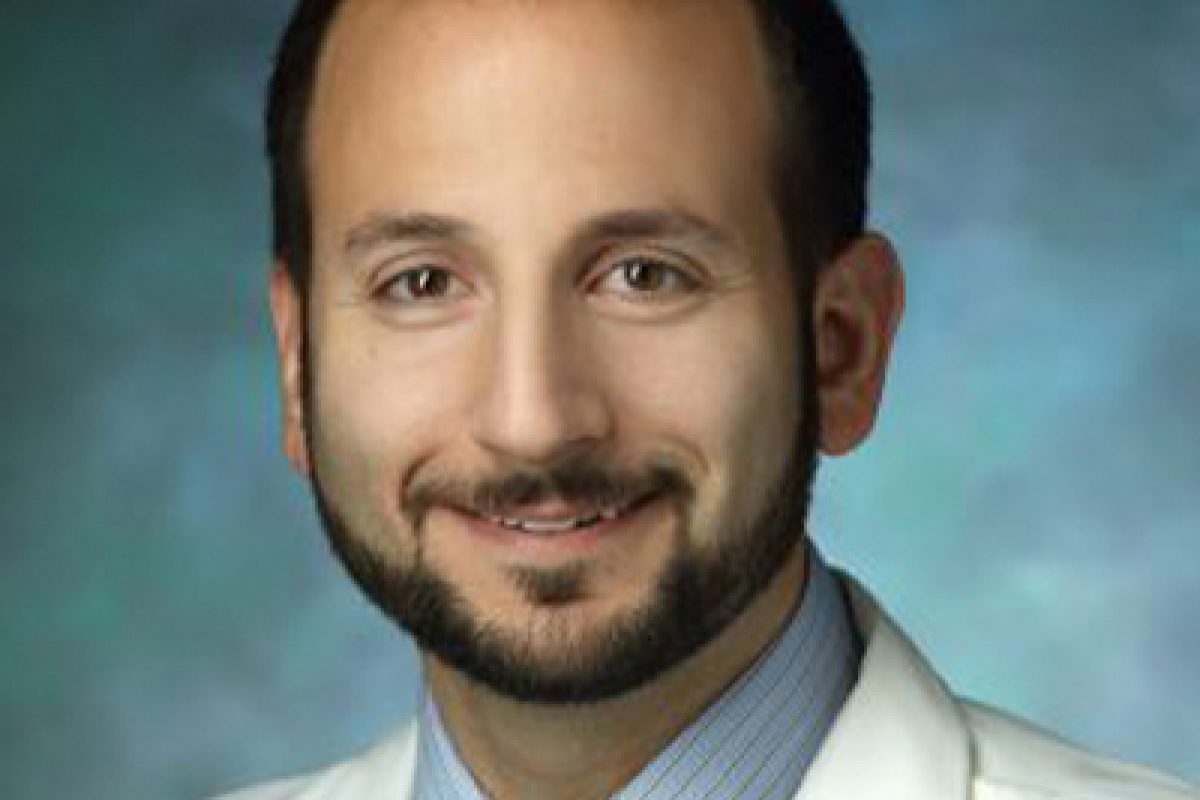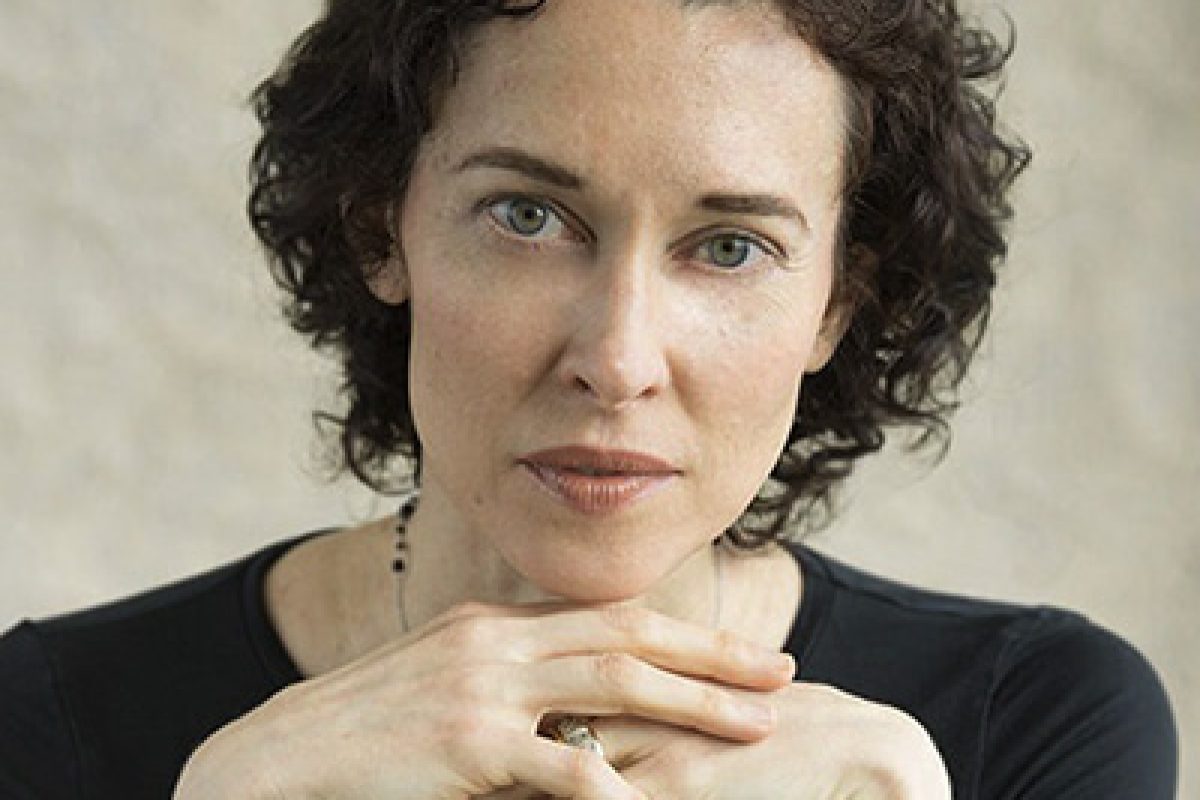Director, Biomaterials and Drug Delivery Laboratory
Professor, Biomedical Engineering, Ophthalmology, Oncology, Neurosurgery, Materials Science & Engineering, Chemical & Biomolecular Engineering
By harnessing the power of cellular engineering and nanobiotechnology, the “Green Group” seeks to better understand and control the therapeutic delivery and presentation of biological agents and drugs to cells. The group examines the chemistry-biology-engineering interface to answer fundamental scientific questions and to create innovative technologies and advanced therapeutics (like biodegradable nanoparticles) that can directly benefit human health.
Featured article
Scientists Create Nano-Size Packets of Genetic Code Aimed at Brain Cancer ‘Seed’ Cells
In a “proof of concept” study, scientists at Johns Hopkins Medicine say they have successfully delivered nano-size packets of genetic code called microRNAs to treat human brain tumors implanted in mice. The contents of the super-small containers were designed to target cancer stem cells, a kind of cellular “seed” that produces countless progeny and is a relentless barrier to ridding the brain of malignant cells.
Read this article




